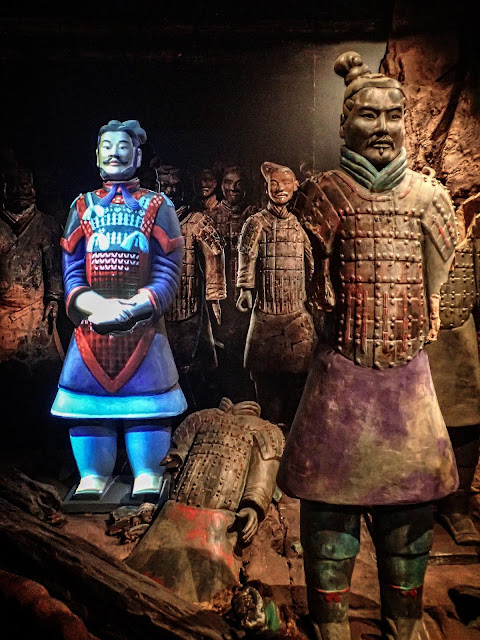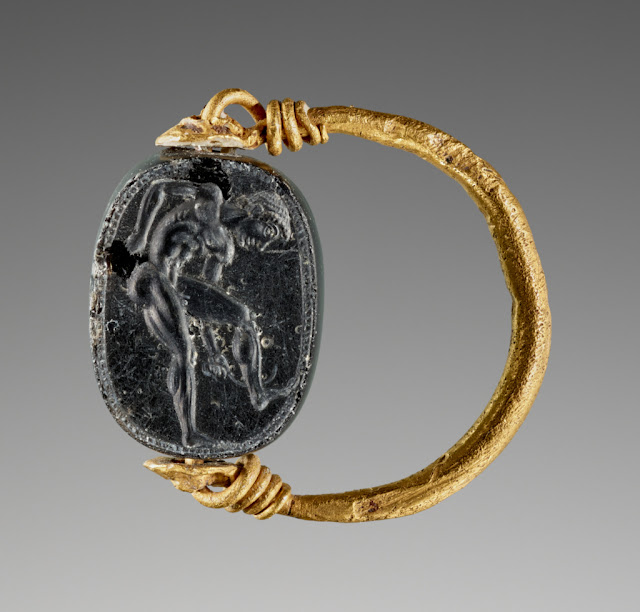The myth of Kallisto and lesbianism in the Classical World

According to Greco-Roman myth, the mortal virgin Kallisto (also spelled Callisto), according to Hesiod the daughter of King Lycaon of Arcadia, spent her time in the Arcadian Mountains of Greece as a favorite hunting companion of Artemis, goddess of the hunt and childbirth. Like all of Artemis' nymph companions, Kallisto had vowed to remain chaste. The king of the Greek gods, Zeus, was attracted to Kallisto (when was Zeus never attracted to all of the voluptuous females cavorting around him?) and seduced her by disguising himself as Artemis, which resulted in the birth of a son, Arkas, who gave his name to the area of Greece known as Arcadia. Artemis, angered at Kallisto's betrayal, (or, according to another version, Zeus's wife Hera, enraged with jealousy) changed Kallisto into a bear. (Yes, it's another example of the rape victim being punished for male misbehavior!) Sixteen years later, her now almost grown son, Arcas, encountered the transformed Kallisto while huntin...





